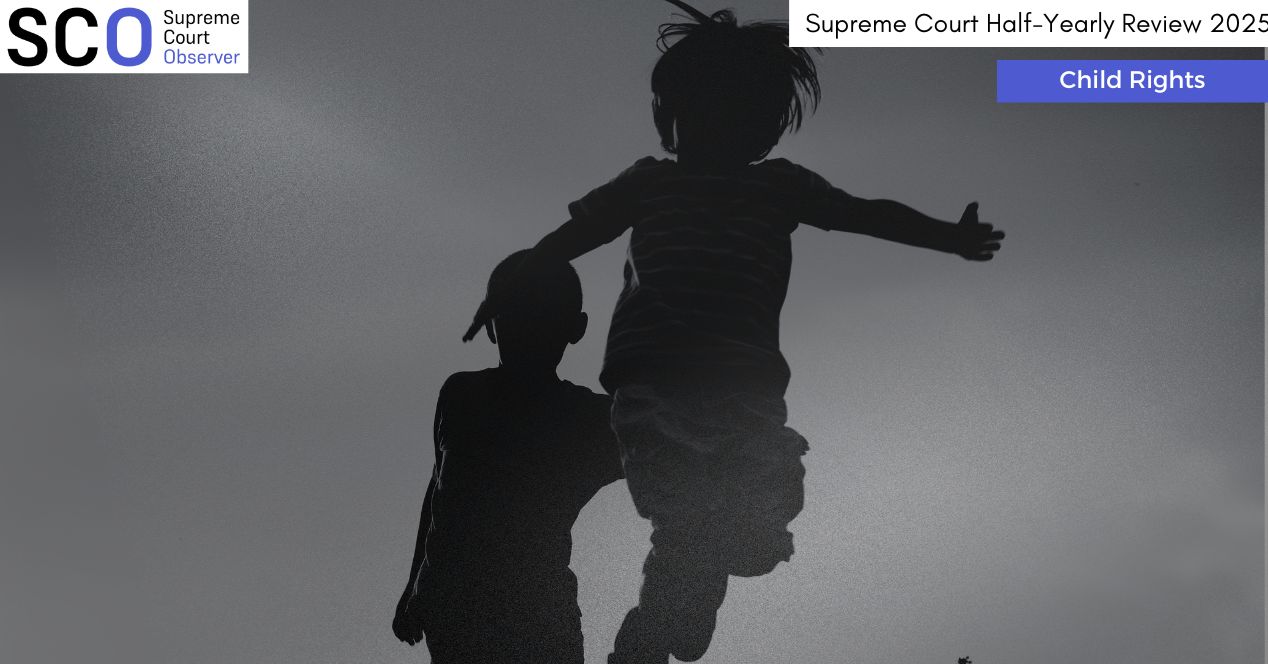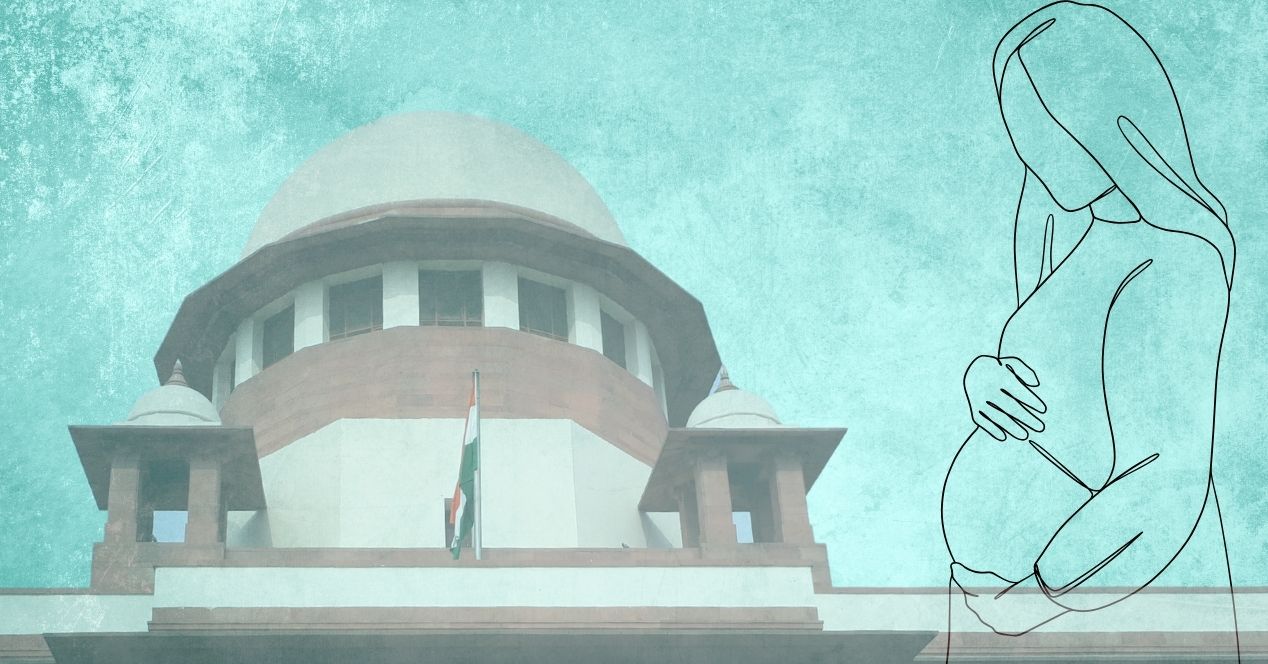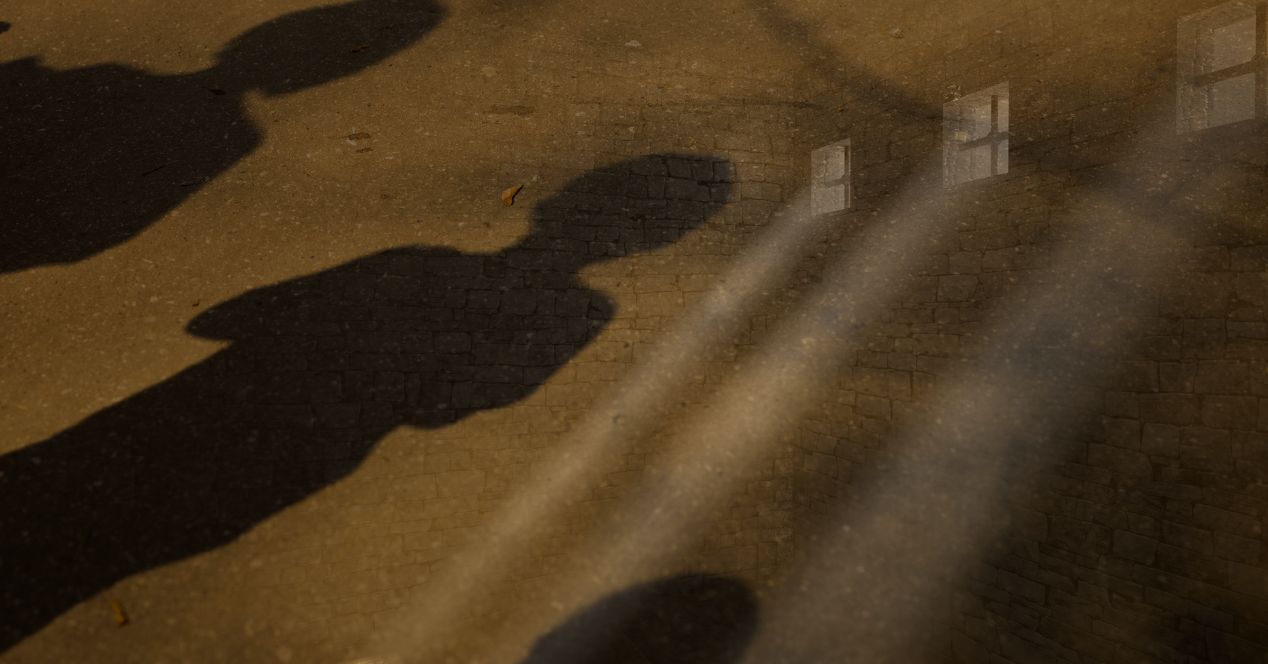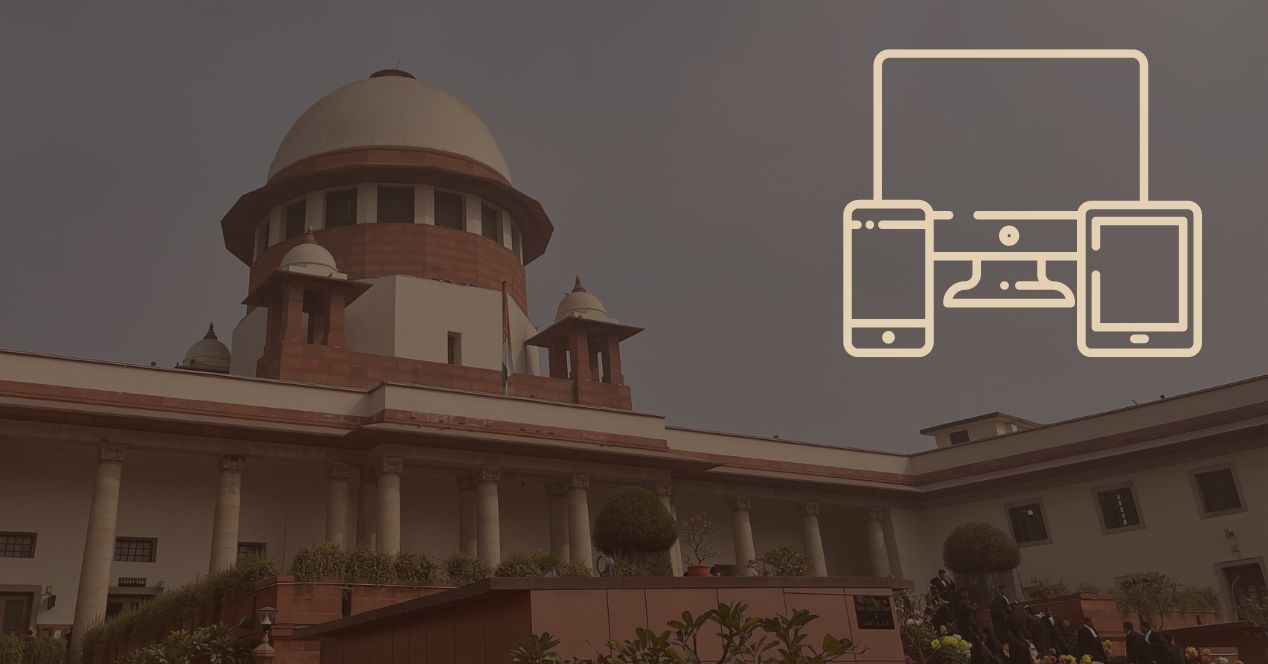Analysis
A law that transcends time: SC’s retrospective application of the Juvenile Justice Act
The Court’s move to protect minors accused before juvenile laws took effect upholds the principle of rehabilitation in criminal law
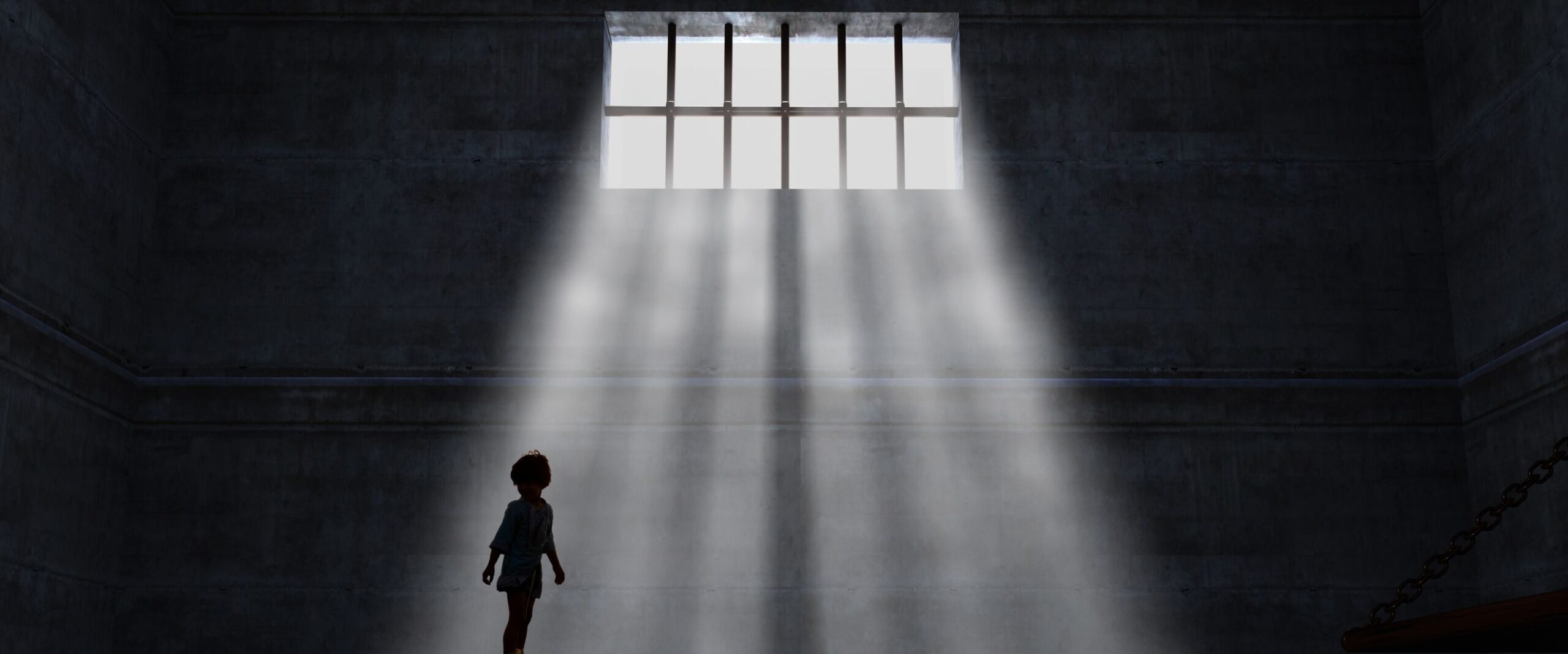
On 9 October 2025, the Supreme Court of India delivered a Judgement in Hansraj v. State of Uttar Pradesh, affirming that the Juvenile Justice (Care and Protection of Children) Act, 2000 (JJ Act) applies retrospectively.
This ruling, delivered by a Bench of Justices Dipankar Datta and A.G. Masih, mandates the release of a convict who was a minor at the time of committing a murder in 1981. The Judgement highlights the judiciary’s commitment to the rehabilitative philosophy underpinning juvenile justice and its constitutional mandate to protect the rights of children.
Background
Hansraj was 12 years old when, along with five other accused, he assaulted the father of the first informant of a crime with a knife and lathis. The victim succumbed to his injuries on the following day.
Hansraj was taken into custody four days after the assault, on 6 November 1981. Four years later, on 14 August 1984, the six of them were found guilty of murder by the Special Additional Sessions Judge, Sultanpur, Uttar Pradesh.
Having found no specific role played by Hansraj in the assault, the Sessions Court recorded conviction by taking aid of Section 149 of the Indian Penal Code. It viewed him as a member of an unlawful assembly which perpetrated an act in furtherance of a common object. While the co-accused were sentenced to life in prison, the Sessions Court found that Hansraj was entitled to the benefit of the Children Act, 1960. Accordingly, the Court directed that he was to be kept in a children’s home in accordance with the Act. The idea was to give him a chance to reform.
On 7 April 2000, the Allahabad High Court acquitted all the convicts, including Hansraj. The State of Uttar Pradesh appealed to the Supreme Court. On 8 May 2009, the Supreme Court reversed the acquittal and restored the conviction and sentence imposed by the Sessions Court. Hansraj absconded and would be arrested 13 years later on 19 May 2022 and remained in prison for three years.
The Supreme Court’s decision
The Court noted several inconsistencies in the application of the JJ Act while releasing Hansraj.
First, it noted that the JJ Act prescribed a maximum period of detention of a juvenile as three years. Hansraj was behind bars for more than three years and eight months despite being a juvenile, and entitled to the benefit of the JJ Act. The Supreme Court found this to be illegal.
Further, the Supreme Court noted that the Sessions Court tried Hansraj jointly with the other co-accused, although Section 24 of the Children Act had prohibited joint trial of a child with a person who is not a child.
Finally, the Court found that the parties had not presented any provision from the 1960 Act which barred it from granting relief to Hansraj. Breach of the right guaranteed by Article 21 is writ large in Hansraj’s case and hence, the benefit of release from detention ought to be extended to him, the Court held.
The Bench directed the Senior Superintendent, Central Jail, Varanasi, where Hansraj was incarcerated, to release him on the basis of the downloaded copy of this Judgement, without insisting for a certified copy thereof.
Do protections under the JJ Act apply to cases before the law came into force?
The central legal question in this case concerned the retrospective application of the JJ Act. Specifically, the Court was tasked with deciding whether its protective provisions could extend to individuals who committed offences prior to 2000, at a time when comprehensive juvenile justice legislation was not yet in force.
The Supreme Court took note of the amendment of Section 7-A of the JJ Act by Act 33 of 2006. This section prescribed the procedure to be followed when a claim of juvenility was raised before any court. A proviso to this section stated that a claim of juvenility might be raised before any court and it should be recognised at any stage, even after final disposal of the case. It also stated that such a claim should be considered under the laws surrounding juvenile justice, even if the person was no longer a juvenile on or before the date of commencement of the Act.
Case law
The Court referenced the Constitution Bench ruling in Pratap Singh v. State of Jharkhand (2005), which held that claims of juvenility can be invoked at any stage of proceedings, including after final disposal of the criminal case.
Next, the Bench referred to Dharambir v. State (NCT of Delhi) (2010), reinforcing that juvenility is a substantive right rather than a procedural defense—it can be asserted decades after the offence. The Supreme Court had held that anyone who was below the age of 18 years when the offence was committed, even if that date was before the enactment of the JJ Act, would be treated as juveniles. They could be considered juveniles even if the claim of juvenility was raised after they had attained 18 years on or before the date of commencement of the JJ Act and were undergoing sentences upon being convicted. The Supreme Court also relied on its Judgement in Hari Ram v State of Rajasthan (2009).
In Vinod Katara v State of Uttar Pradesh (2024) the Supreme Court had directed the Sessions Court, Agra to examine the claim of the writ applicant that he was a juvenile on the date of the offence. In the present case, the Court found that Hansraj’s juvenility stood on firmer footing. His date of birth and his age as on date of the offence were not disputed by the respondent State and thus, no enquiry was needed to ascertain his age, the Court held.
A step in the right direction
The Court’s reasoning in this case reflects a broader commitment to interpreting laws in a manner consistent with their remedial purpose, especially when fundamental rights are implicated.
This Judgement aligns closely with India’s constitutional framework. Article 15(3) permits the state to make special provisions for children, and Article 21 guarantees the right to life and personal liberty, which includes the right to be treated in accordance with principles of human dignity and rehabilitation. Additionally, the Judgement upholds India’s international obligations under Article 40 of the United Nations Convention on the Rights of the Child (UNCRC), which emphasises the reformative treatment of juveniles in conflict with the law.
By extending the JJ Act retrospectively, the Court ensures that children are not denied legal protection merely because the law was enacted after the offence. This approach demonstrates a purposive interpretation of legislation, in which the remedial intent of a law guides its application, even beyond temporal constraints.
The Judgement reinforces the principle that society has a responsibility to reintegrate rather than permanently stigmatise young offenders.
Practical and Policy challenges
Applying the JJ Act retrospectively raises challenges to the administration of justice in cases involving old offences. Challenges include the reliability of evidence over time and the rights of the victims. Retrospective application could result in a surge of petitions from former convicts seeking relief under juvenile law, which may strain judicial and correctional resources.
However, the Supreme Court appears to have balanced these concerns by emphasising that retrospective relief is appropriate only when the offender’s juvenile status is established, thereby ensuring that the protective provisions are not misused.
Juveniles often commit offences under circumstances of vulnerability, coercion, or socio-economic deprivation. Recognising their potential for reform, the JJ Act and by extension the Supreme Court, promotes a justice model that emphasises education, counseling and societal reintegration. For Hansraj, this ruling represents not only a legal remedy but gives him an opportunity to rebuild his life after years of incarceration.

